[ad_1]
With the arrival of the Web, it has by no means been simpler to entry details about a subject you need to review. From the most unique objects found inside Egypt’s pyramids to the ancient mysteries of Stonehenge finally being solved, the Web has made it far simpler for individuals to find cool archaeological details.
Sadly, it is also by no means been simpler to run into misinformation. That is pervasive throughout all fields, and archaeology isn’t any exception. There are such a lot of historical myths that everyone believes (but aren’t actually true) which have been propagated by the Web. One pervasive delusion is that the Romans reached America.
How did this concept come to be? All of it has to do with a misplaced artifact discovered throughout an excavation in Mexico’s Toluca Valley.
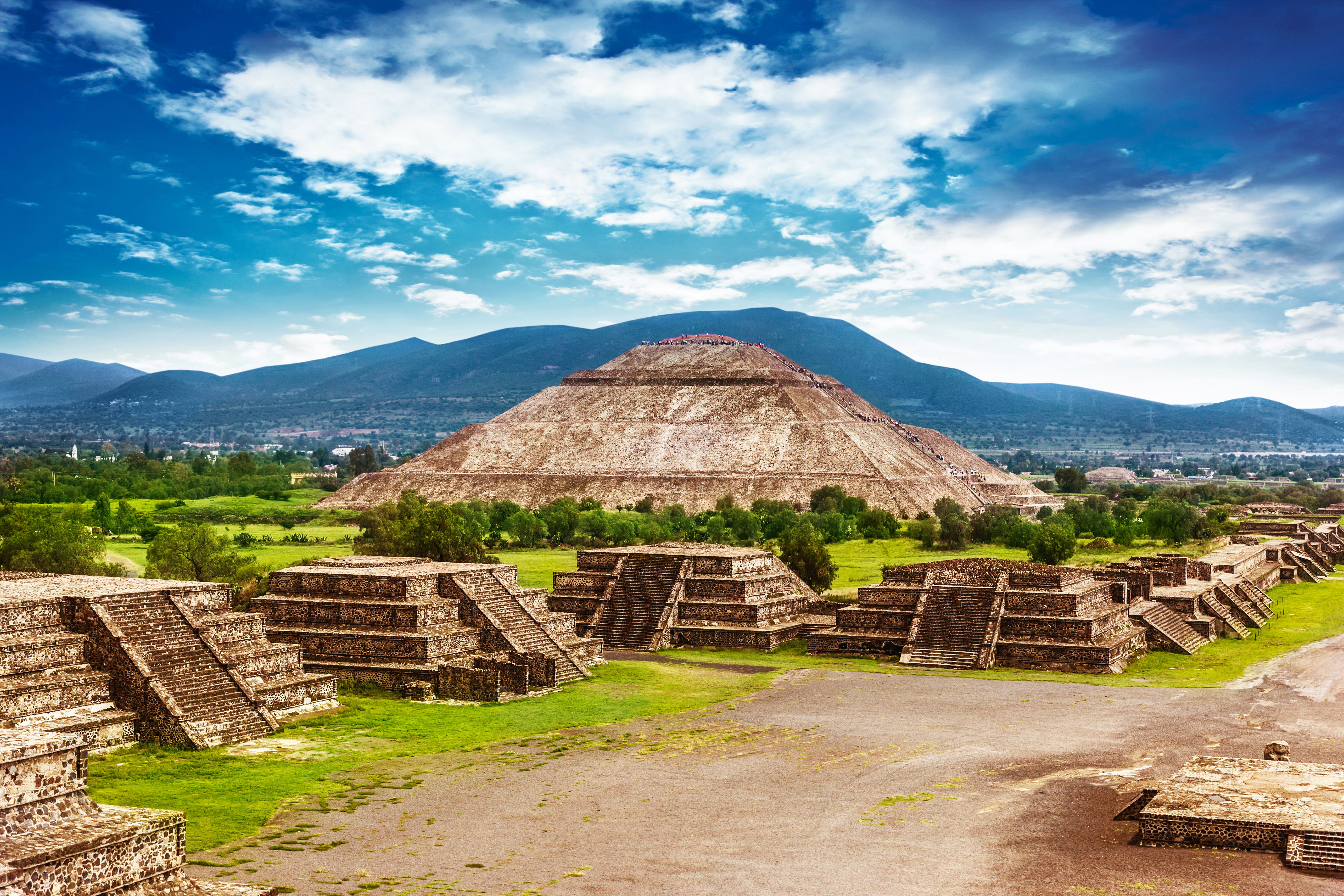
Associated
10 Things The Aztecs Did That History Books Won’t Tell You
Some will shock you, whereas others will delight you. The Aztec Empire was filled with fascinating day by day tidbits that we by no means realized about in class.
What Is The Tecaxic-Calixtlahuaca Head?
An archaeological anomaly, the Tecaxic-Calixtlahuaca Head has spawned surprise since 1933
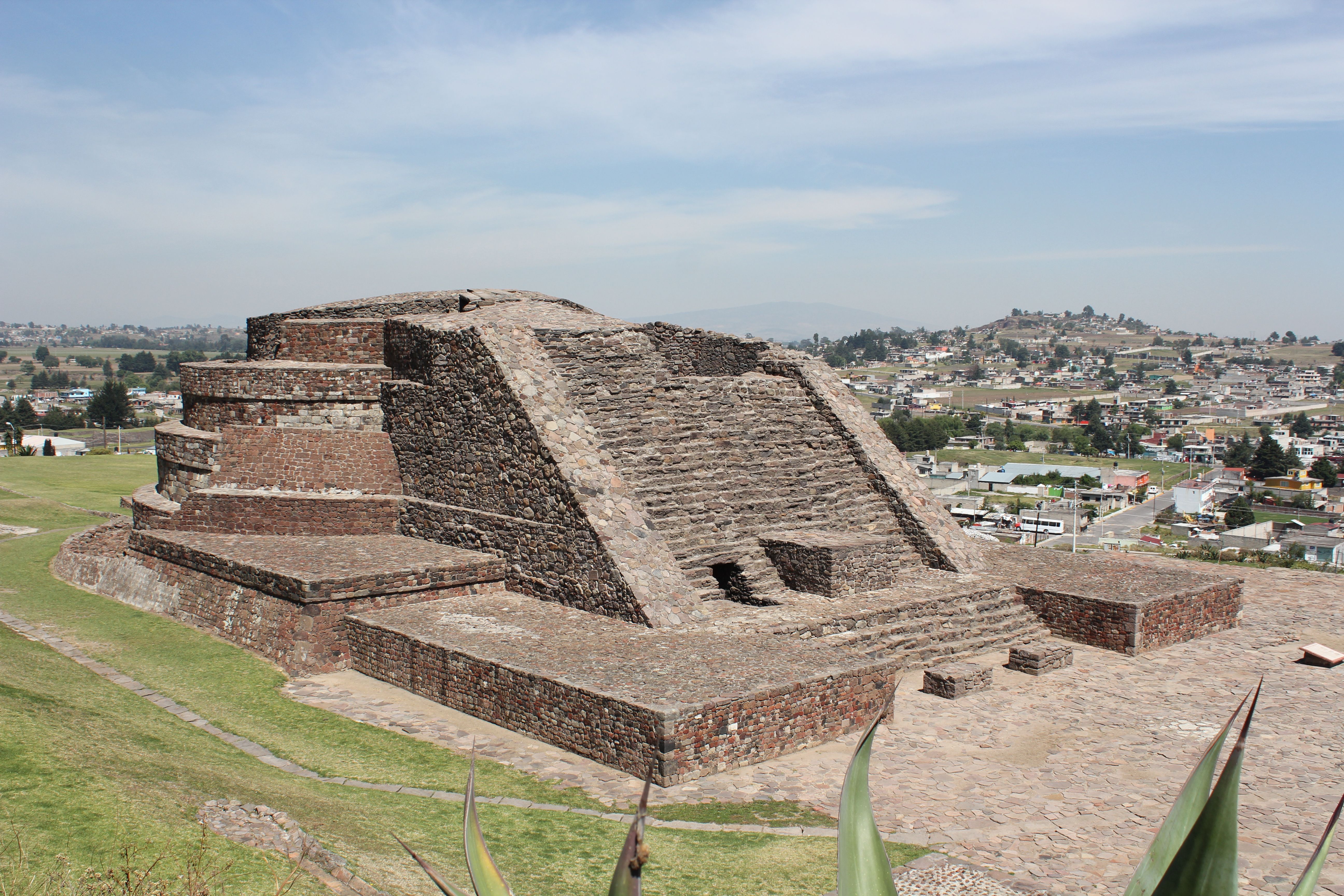 In 1933, a staff of archaeologists was working at a website referred to as Calixtlahuaca in Mexico’s Toluca Valley. This website, whose spectacular buildings nonetheless stand at this time, is an historical metropolis that was as soon as conquered by the Aztecs.
In 1933, a staff of archaeologists was working at a website referred to as Calixtlahuaca in Mexico’s Toluca Valley. This website, whose spectacular buildings nonetheless stand at this time, is an historical metropolis that was as soon as conquered by the Aztecs.
Situated about 40 miles away from Mexico Metropolis, this website is understood for its temples, its plazas, its Tzompantli, its residential areas, and its petroglyphs, a lot of which bear similarities to ancient petroglyph sites in US national parks.
As archaeology was happening right here in 1933, archaeologist José García Payón made a stunning discovery amid grave choices in a burial beneath one of many website’s buildings (relationship to between 1476 and 1510 CE). It was a terracotta head that bore a placing resemblance to artifacts made by the Historic Romans.
Dubbed the Tecaxic-Calixtlahuaca Head, this object has change into well-known for its out-of-place nature among the many objects of Pre-Columbian Mesoamerica.
|
Date found: |
1933 |
|
Location: |
Calixtlahuaca |
|
Why is it so stunning? |
It appears like an Historic Roman figurine |
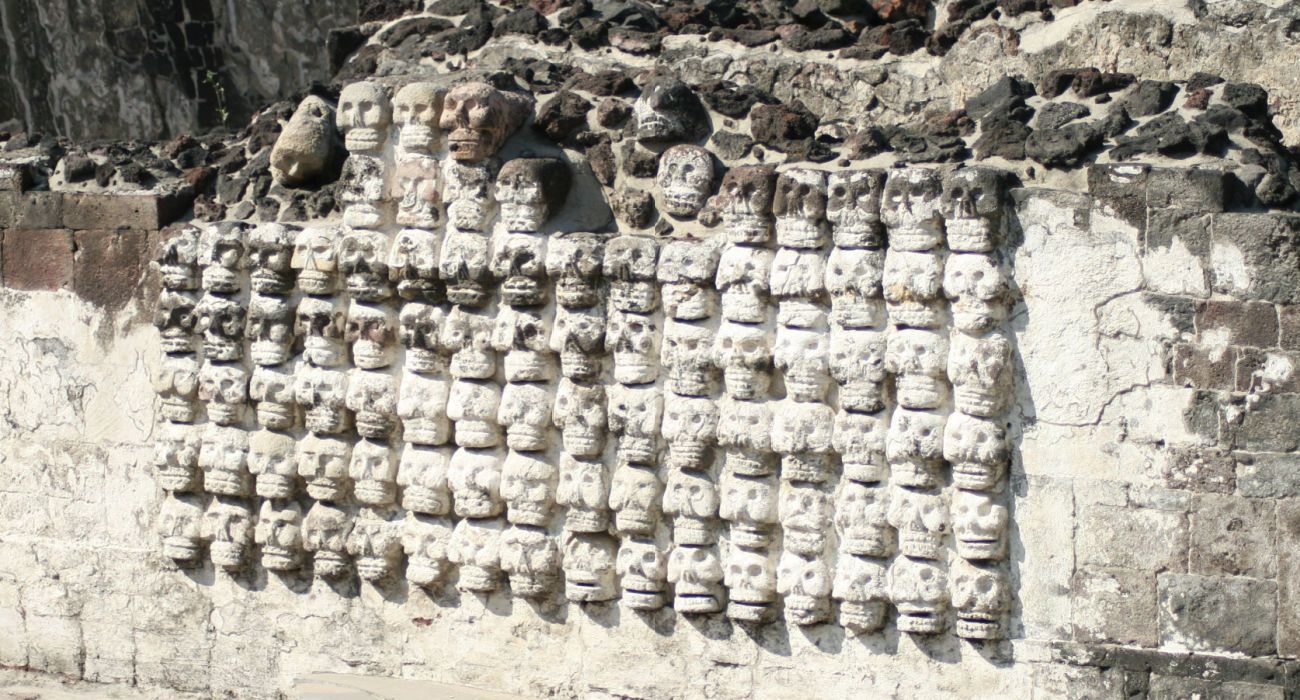
Associated
What To Know About The Aztec Tower (Constructed Of Skulls) In Mexico City
One of many newest discoveries made on the Nice Pyramid of Tenochtitlan is a grizzly Aztec tower constructed of human skulls. This is what to learn about it.
Is The Tecaxic-Calixtlahuaca Head Truly Roman?
Whereas the top has been examined extensively, extra questions than solutions stay about its origins
Those that examine this object haven’t reached a consensus on what precisely it’s, and it is unlikely that any definitive reply will ever come to gentle. Though many will declare that the thing has been definitively confirmed as being Roman, this isn’t the case.
In 1995, testing was done using thermoluminescence that determined the object to be indeed from Pre-Columbian times. Nonetheless, the date vary this take a look at discovered (the ninth century BCE to the thirteenth century CE) was so giant that it couldn’t present ample info on when the top was truly made.
Equally, its provenance has not been confirmed somehow. Though the thing appears considerably much like Roman sculptures, it isn’t inconceivable for the top to easily be from Mesoamerica the place it was discovered.
Terracotta know-how was obtainable to the peoples of this area, and frequently used. That is evidenced by the gorgeous ceramic figures of the Totonac, the Maya, the Aztecs, the Teuchitlán, and numerous others.

Associated
7 Weirdest Archeological Discoveries In 2024
Archaeology is a bizarre discipline generally, and the weirdest archaeological discoveries in 2024 left us with extra questions than solutions.
The Realities Of Roman Maritime Historical past Vs. The Atlantic Ocean
Doubts persist in regards to the practicality of a Roman artifact reaching the Americas
Many are accustomed to the conquests of the Romans across the Mediterranean made potential by their maritime know-how and abilities. For some, it is not a far soar to theorize that the Romans might have used that naval know-how to cross the Atlantic. They’d huge boats and the flexibility to navigate the seas; why not use them to sail past the horizon to the Americas?
For others who’re extra accustomed to Roman crusing methods and practices, this concept would not maintain a lot credibility. Crusing a large ocean just like the Atlantic could be very totally different from navigating the Mediterranean. Completely different naval methods must be employed to make such an extended voyage, which have been contradictory to the methods the Romans appreciated to navigate.
When crusing, the Romans most well-liked to hug the shoreline. Staying close by of the shoreline was rather more preferable than going out into the open sea. This was a direct results of the Romans’ setting. The shut quarters of the Mediterranean made this sort of approach extremely helpful (the Phoenicians, Myceneans, Egyptians, and Carthaginians all employed this method, as properly).
Moreover, Roman ships weren’t constructed for months-long voyages. Service provider ships might maintain loads of cargo for commerce, however even this would not be sufficient to maintain the six-week (or extra) voyage throughout the Atlantic.
The farthest locations the Romans visited by sea have been the Canary Islands and India. Though attending to India would have required traversing the Erythraean Sea, that is nowhere close to the quantity of issue that crossing the Atlantic could be. Plus, there have been loads of ports to cease at between Arabia and India.
All of which means that a easy assembly between Romans and Mesoamericans would have been practically inconceivable to occur as soon as, not to mention an everyday prevalence.
So far, the Tecaxic-Calixtlahuaca Head is the one “Roman-like” object discovered right here. Between 1933, when the thing was first found, and at this time, no comparable objects have been present in Mesoamerica. The merchandise’s specificity paired with the realities of Roman commerce make it practically inconceivable to be from a contact incident between the Romans and the Historic Mesoamericans.
|
What have been Roman crusing methods? |
Staying near the shoreline, making frequent stops at ports |
|
Would the Romans have been capable of cross the Atlantic? |
In all probability not |
|
Produce other objects just like the Tecaxic-Calixtlahuaca Head been discovered? |
No |
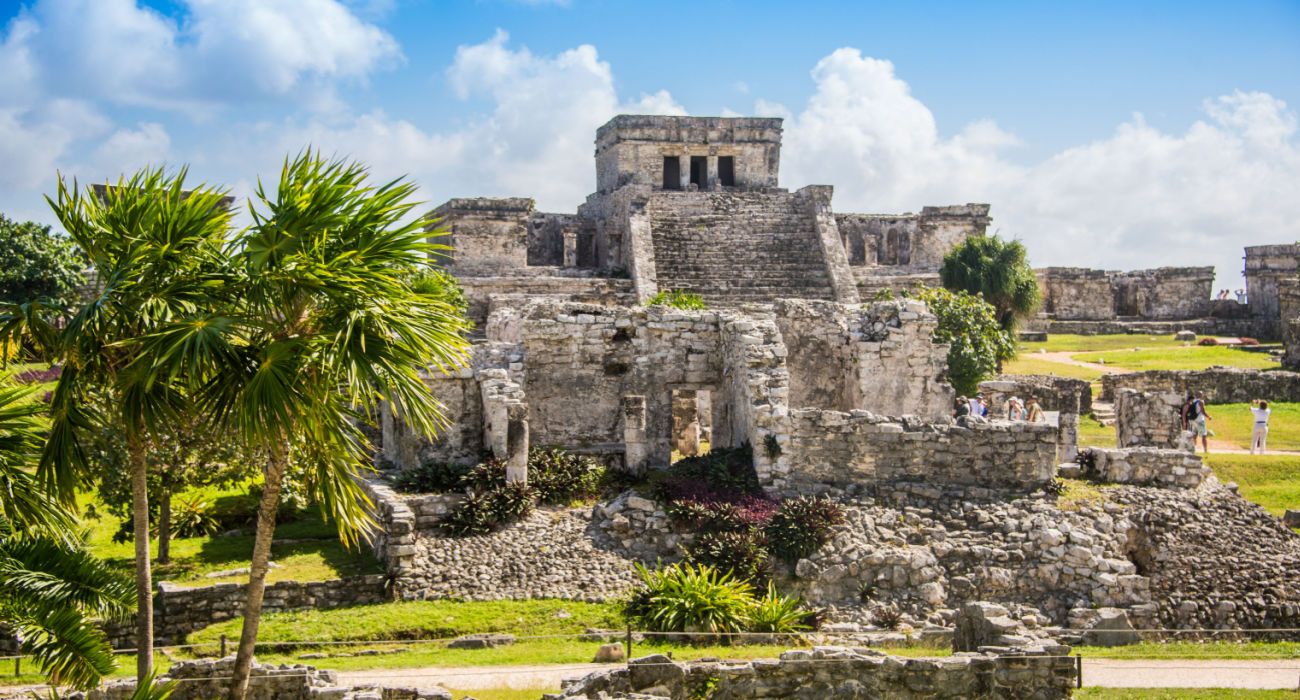
Associated
Aztec Vs. Mayans: Basic Differences To Know Before Visiting Ruins
Each the Mayans and the Aztecs dwelled in Mexico, however variations between the 2 civilizations might be seen of their structure.
Hypotheses About The Tecaxic-Calixtlahuaca Head
There are 4 main hypotheses in regards to the origins of the Head
So, if the Romans did not sail to America as a part of a concerted effort, how did this terracotta head find yourself in a Fifteenth-century grave from Calixtlahuaca?
There are 4 fundamental theories accepted by archaeologists concerning the Tecaxic-Calixtlahuaca Head:
- The top was made by the Romans however was dropped at Mesoamerica by a European after 1492.
- The top was made by the Romans however got here to the Americas through a ship that was blown off track from the Canary Islands.
- The top was made by Mesoamericans.
- The top is a hoax.
The Head Was Made By Romans & Introduced By Europeans
The primary speculation is that the top was made by the Romans, however was dropped at Mesoamerica by Spanish Conquistadors. This concept would pacify among the conflicting components in regards to the head. It might enable for a Pre-Contact creation date, however would additionally keep the fact that the Romans simply did not have the means to sail to America.
That is echoed within the discover of Roman amphorae off the coast close to Río de Janeiro, which turned out to be from a Nineteenth-century ship carrying Roman artifacts. Nonetheless, there are issues with this concept.
Why would Spanish Conquistadors deliver a random Roman head with them on their trans-Atlantic voyages? Additionally, this a part of Mexico wasn’t actively visited by Europeans till after 1519. This concept is not inconceivable, however it’s not as possible as many would wish to consider.
The Head Was Made By Romans And Introduced By A Ship Headed For The Canary Islands
The second speculation is {that a} Roman ship carrying the top was blown off track / shipwrecked someplace across the Canary Islands and ended up within the Americas someday between the 2nd and fifth centuries CE. This could clarify the merchandise’s seemingly Roman look with out compromising the truth that Roman vessels weren’t geared up to make the voyage.
Nonetheless, this concept can also be rife with issues. Why would a Roman terracotta head that was blown into the Americas find yourself at a landlocked burial website over a thousand years later? Equally, whereas ships have been recognized to float far after being deserted, the probability of this feels slight.
Plus, what occurred to the remainder of the artifacts from this hypothetical ship? Why did solely the top survive?
The Head Was Made By Mesoamericans
The third speculation, that the top was made by Mesoamericans and had nothing to do with the Romans, appears to be a extra possible state of affairs than the earlier two listed…offered the artifact is even actual. As talked about earlier than, terracotta know-how was recognized to the individuals of this area and had been for hundreds of years.
Though many affiliate a hyperrealistic artwork type with the Greeks and Romans, Mesoamerican artwork might be very lifelike. A look at Aztec collectible figurines or Maya depictions of Pakal the Nice will superbly showcase this. This concept has two fundamental issues: that the top remains to be thought of by many to have stylistic components of Roman artwork and that the top would possibly truly be a pretend.
The Head Is A Hoax
Lastly, this results in the fourth speculation: that the top is not even actual in any respect! In response to rumors by way of the archaeological grapevine, this head was truly planted on the positioning as a sensible joke. The story goes that one of many dig’s archaeologists, Hugo Moedano, wished to play a trick on the lead excavator, José García Payón.
Nonetheless, this has been contested and decried as rumour. Sadly, nobody concerned is round to inform the story anymore, so these rumors will all the time be uncorroborated.
|
Speculation |
Strengths |
Issues |
Probability |
|---|---|---|---|
|
The top was dropped at Mesoamerica by Conquistadors |
Permits for a Pre-Contact creation date in Europe, explains the top’s Roman attributes |
Why would Conquistadors deliver a random Roman object to Mesoamerica? |
Slight |
|
A Roman ship from the Canary Islands obtained blown off track |
Permits for a Pre-Contact creation date in Europe |
Discovered at a landlocked website centuries after the top would have been made, there’s a lack of different artifacts from this supposed shipwreck |
Unlikely |
|
The top was made by Mesoamericans |
Permits for a Pre-Contact creation date in Mesoamerica, terracotta know-how was recognized to the peoples of Mesoamerica |
The type is totally different from many different Mesoamerican artistic endeavors (although they nonetheless made hyperrealistic works) |
Probably |
|
The top is a hoax |
Claimed by individuals related to the dig, would clarify a lot of the controversy |
Everybody instantly concerned is lifeless, so the story cannot be corroborated |
Probably |
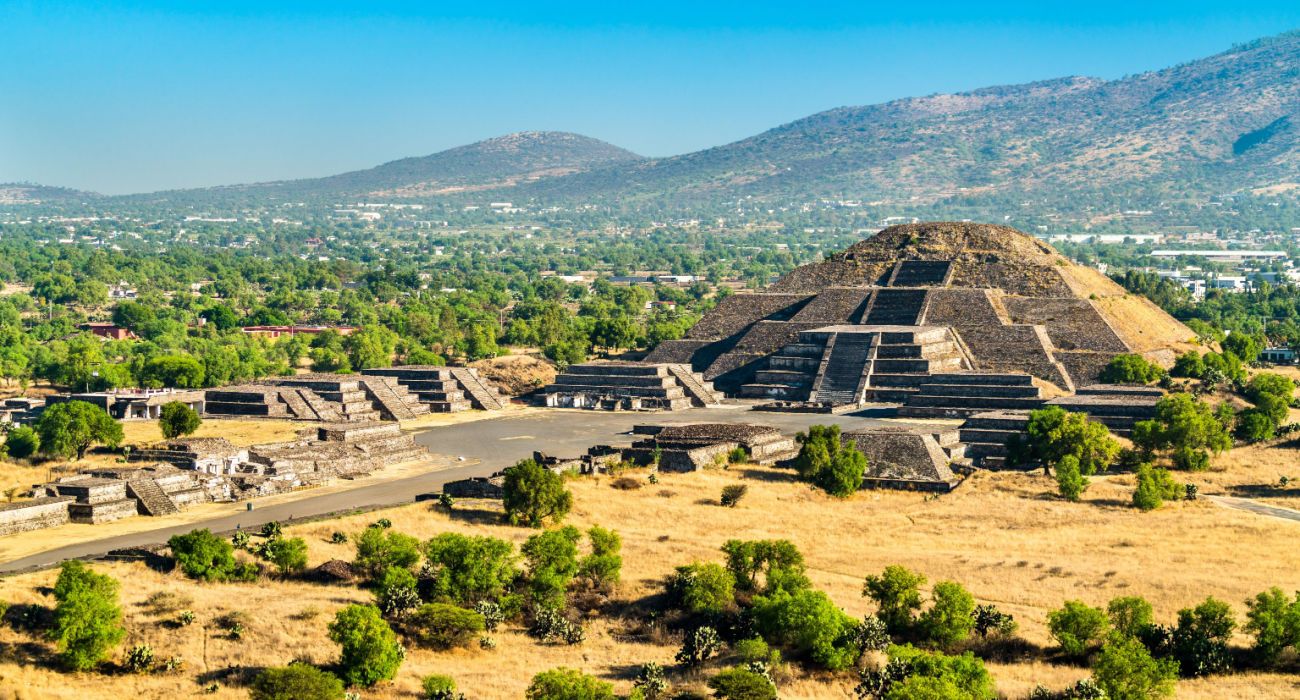
Associated
Here Are 10 Pre-Columbian Sites Around Mexico City To Have On The Bucket List
There are a selection of Aztec and pre-Aztec archeological websites to find in and round Mexico Metropolis that everybody ought to discover.
The Americas Had been Already Found…By The Individuals Who Lived There
Those that already lived in Mesoamerica are the extra possible architects of the Head
Human fossil tracks at White Sands New Mexico
The thought of “who found the Americas first” typically overlooks one key element: that people have been residing within the Americas for greater than 20,000 years (in accordance with the most recent analysis finished at White Sands Nationwide Park). America was first found by the individuals who got here right here first: Native People.
The historical past of Eurasian contact with the Americas did not even begin with Christopher Columbus (whose tomb was just recently found to actually house some of his remains).
In 1021 CE, the Vikings made a settlement in Newfoundland (there are even Viking sites in Greenland that you can still see today), and by 1200 CE, the Polynesians and the Indigenous peoples of South America’s western coast had a meeting event.
There have been precise contact occasions between Eurasian peoples and Indigenous peoples which might be recognized about by way of real proof. We need not create conspiracy theories in regards to the Romans when there are precise contact occasions to review.
[ad_2]
Source link


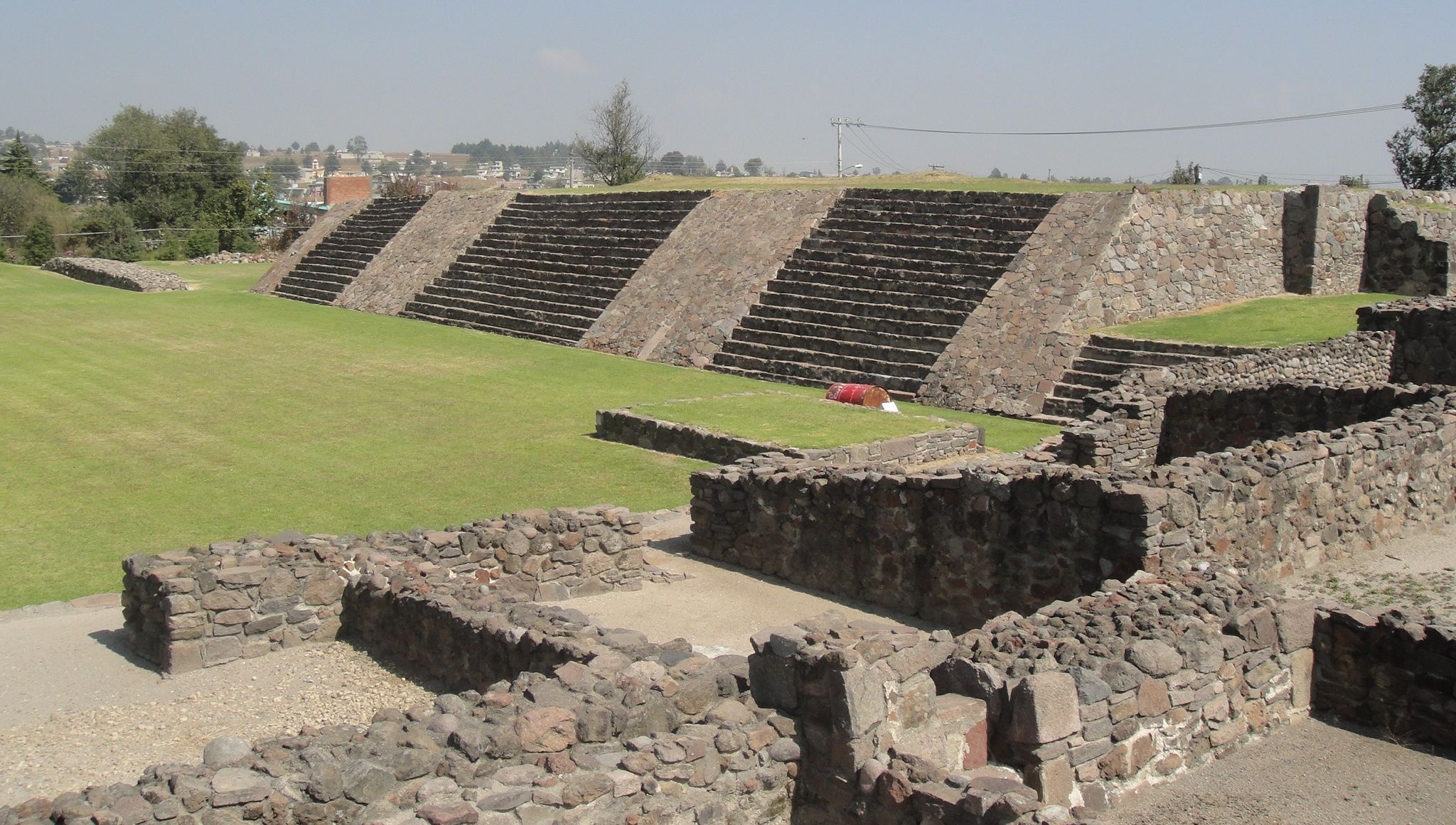
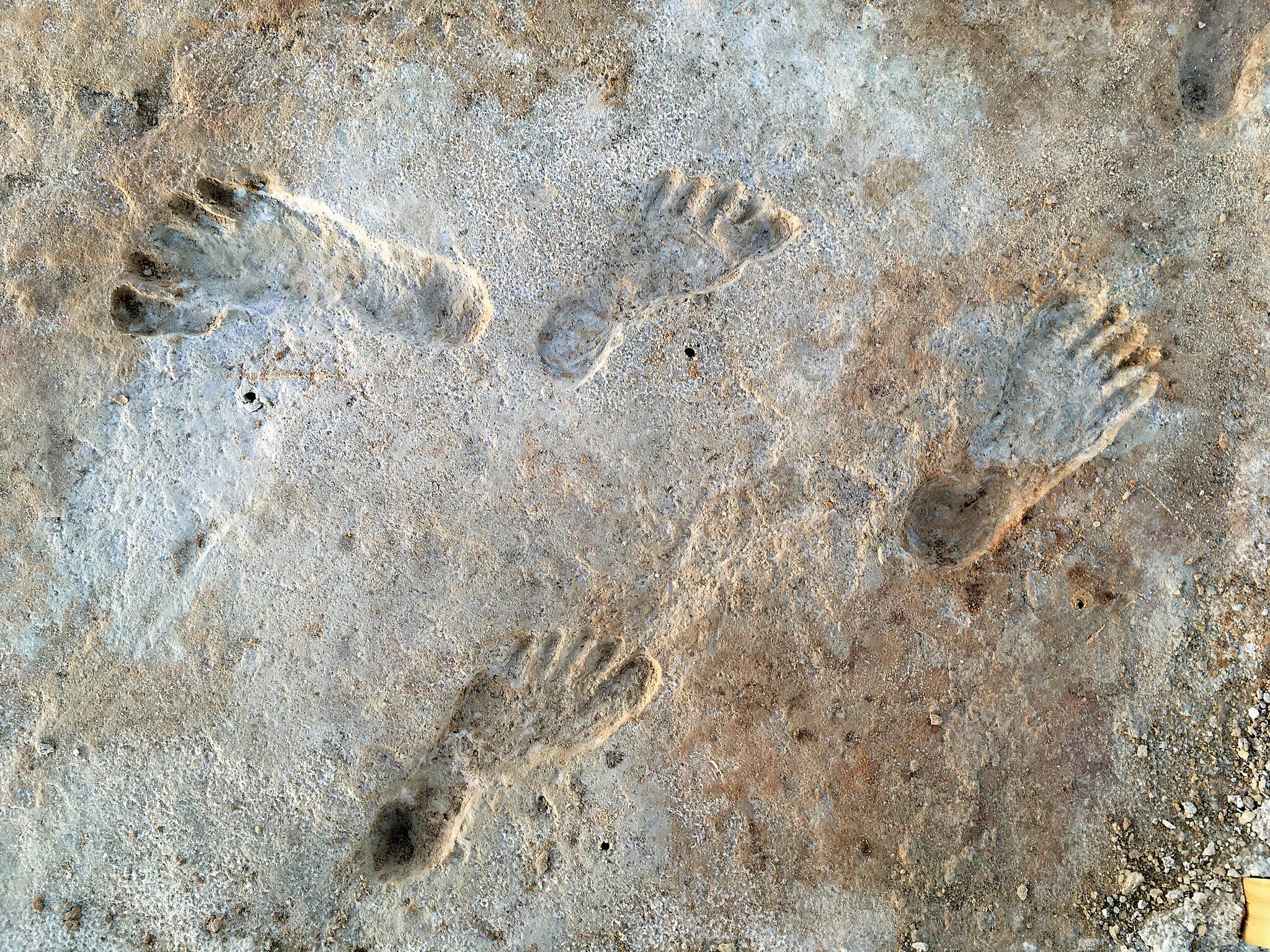

Recent Comments